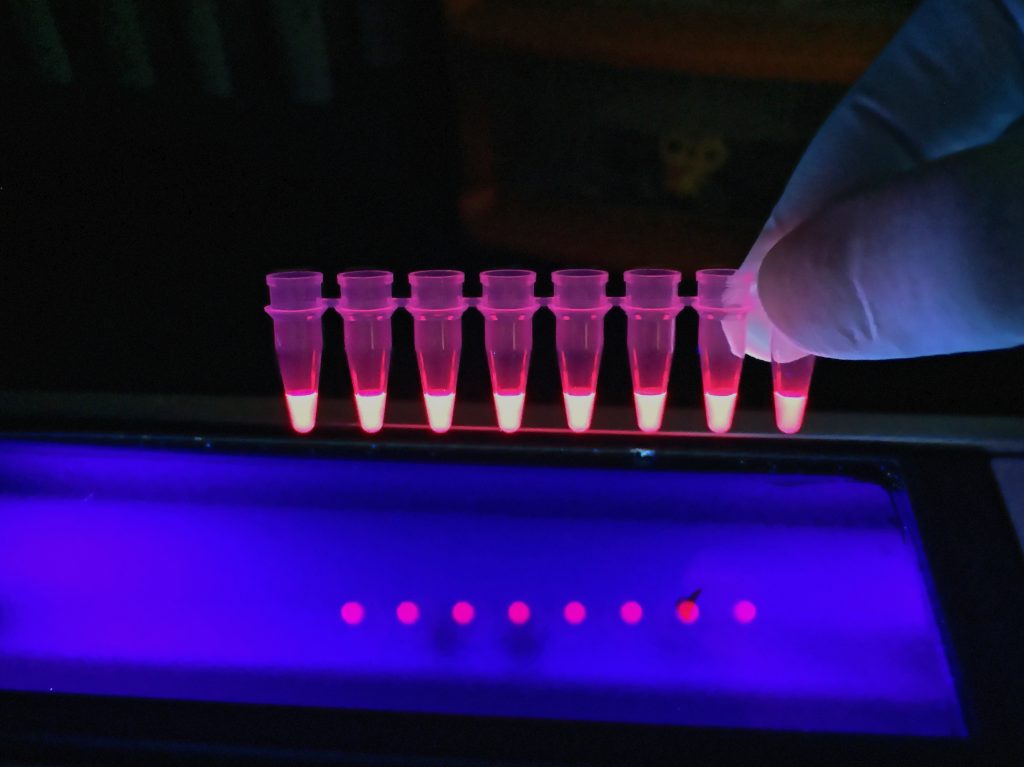Fuyou Li
Nature Photonics
High-sensitivity imaging of time-domain near-infrared light transducer
Introduction
Researchers from Fudan University are using a new type of fluorescent probe for in-vivo imaging applications. As NIR-II/SWIR imaging applications are on the rise most often spectral, fluorescent probes are being used. That means that excitation light of one wavelength is converted into spectrally shifted emission.

This is done for 2 reasons: first the emission is shifted to the low scattering and low absorption window in the SWIR wavelength range and second the emission can be spectrally separated from the intense excitation using optical bandpass or longpass filters.
The researchers from China compare this to a different approach. They are using the temporal shift between excitation and fluorescent emission and use very sensitive emICCD cameras (PI-MAX4) to separate the signals.
Although the outcomes can still be improved (high scattering and low quantum efficiency of detection of gate cameras in the NIR range) they see great potential in this approach due to the high brightness of the temporal nanoprobes.

